Food Technology School Trip To Sicily
Experience popular cuisine and local food specialities with your food studies class amidst spectacular Italian and Sicilian scenery on a Food Technology school trip to Sicily.
In addition to the much-loved specialities that can be found in mainland Italy, Sicily has been a melting pot of different cultures over millennia. Each culture has introduced different elements, creating a rich and diverse cuisine, now famous throughout the world. The Ancient Greeks brought honey, almonds, olives and wine whilst the Arabic settlers introduced staples such as rice and spices. The mild Mediterranean climate and fertile soils have blessed the island with an abundance of fruit and vegetables. Fish and seafood are also popular staples.
Highlights
Local producers on the fertile slopes of splendid Mount Etna
Hands-on cooking experiences
Guided market visit with food tastings
Beautiful Taormina with its Greek Theatre
Darland High SchoolWe were very happy with the service from both the UK and local operators. The local companies used were excellent and our hotel in Sicily was well located to reach all the sites.
Suggested itinerary
What's included
Recommended excursions
Take a guided tasting walk around bustling Catania Fish Market, which offers much more than an abundance of fish! This is a chance to try some Sicilian specialities.
Your first stop will be at a dried fruit stall to taste Sicilian almonds and pistachios. Next stop is a hot food stall for a tuna and anchovies tasting. The third stop is a typical Salumeria to taste Salame Sant’Angelo with Pistachio and Piacentino dell’Ennese with saffron. Next is a tasting of mandarin with Lemon or Sciortini (non-alcoholic typical Sicilian drinks). Finally stop for a tasting of Arancinetti Fish and Fried Cartoccio, Fish and Vegetable Couscous.
The village of Zafferana Etnea, on the slopes of Mount Etna, has the largest number of honey producers in Italy. Enjoy a visit to a local honey producer and taste the different varieties. Continue to a wine producer on the lower slopes of this volcanic mountain. The altitude and fertile volcanic soils contribute to some of Italy’s most exciting wines.
The Pizza Lesson takes place in the seaside resort of Giardini Naxos, beneath the beautiful hillside town of Taormina. Learn about the history of pizza production before preparing a pizza with the local chef. You will then get to enjoy your pizza for dinner with a dessert.
Enjoy a guided visit around an orange plantation where you will learn about fruit production techniques. Taste the different types of oranges which are grown here and flourish in the special climate and fertile soils. Enjoy a special brunch of typical Sicilian produce, including marmalade on bread and an orange salad.
This famous Sicilian street food can be traced back to the arrival of the Arabs in the 10th century. Named after an orange ‘arancia’ whose shape and colour they resemble, these fried balls of rice encase delicious fillings, including creamy cheese and meat ragu.
During this chef-led experience, students will learn about the history of Arancino production and will have the opportunity to prepare their own arancino.
The cannolo is probably the most famous of Sicily’s gastronomic specialities. These deep-fried dough cylinders are stuffed with a sweet ricotta filling in a variety of flavours. During this chef-led experience, students will learn about the history of Cannoli and will be able to prepare their own cannolo.
Sicilian Gelato is a type of ice cream, and Granita is a type of granular slushy sorbet.
The tasting includes three different flavours of mini-size granita or mini-size ice cream, enjoyed with the famous Sicilian brioche, Brioche Col Tuppo. The brioche is named after the traditional hair bun of the same shape worn by Sicilian women.
One of the most active volcanoes in the world, Etna is known as a stratovolcano due to its conical shape made of layers of hardened lava and ash. The fertile soil supports agriculture with vineyards and orchards spread across the lower slopes. There is an option to take the cable car and jeeps to approach the crater with a mountain guide.
The beautiful and popular hillside town of Taormina is known for its perfectly preserved medieval streets and dramatic views of Mount Etna but the main attraction is its ancient Greek-Roman theatre. It was built in the 7th century BC and was later enlarged by the Romans. Today it is still used for events from plays to concerts, fashion shows and film festivals.
Known as the birthplace of Archimedes this was one of the most powerful cities in the Mediterranean in ancient times. Visit the archaeological park, Greek theatre and amphitheatre, the ear of Dionysius and Archimedes tomb. On Ortigia island see the mythological Arethusa Fountain, the ruins of the Temple of Apollo and fine baroque architecture.
When Mount Etna erupted thousands of years ago, the river Alcantra was blocked by a lava flow. As the lava cooled it became crystallised by the water and over the next millennia the river eroded it, resulting in impressive gorges and ravines. Today, the stunning basalt formations set in luscious woodlands are fine examples of Etna’s geological influence.
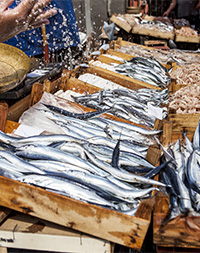
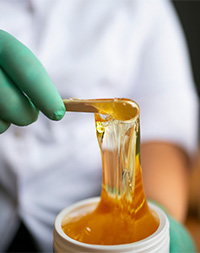
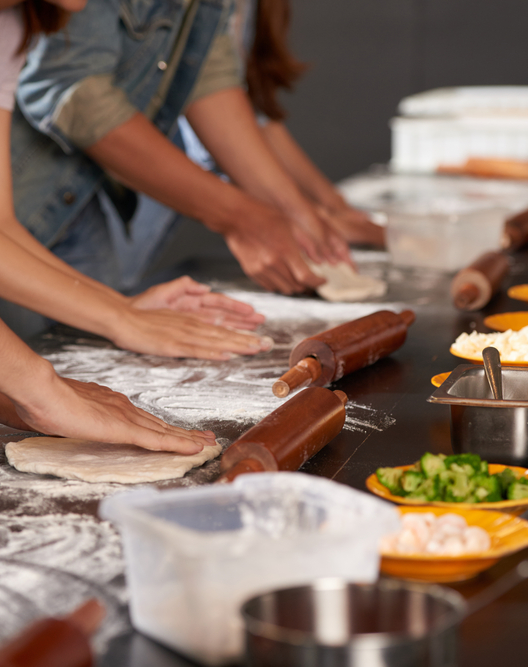
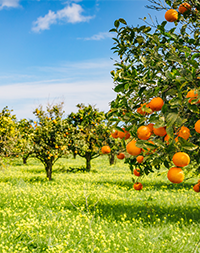
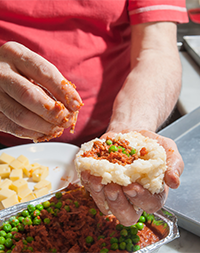


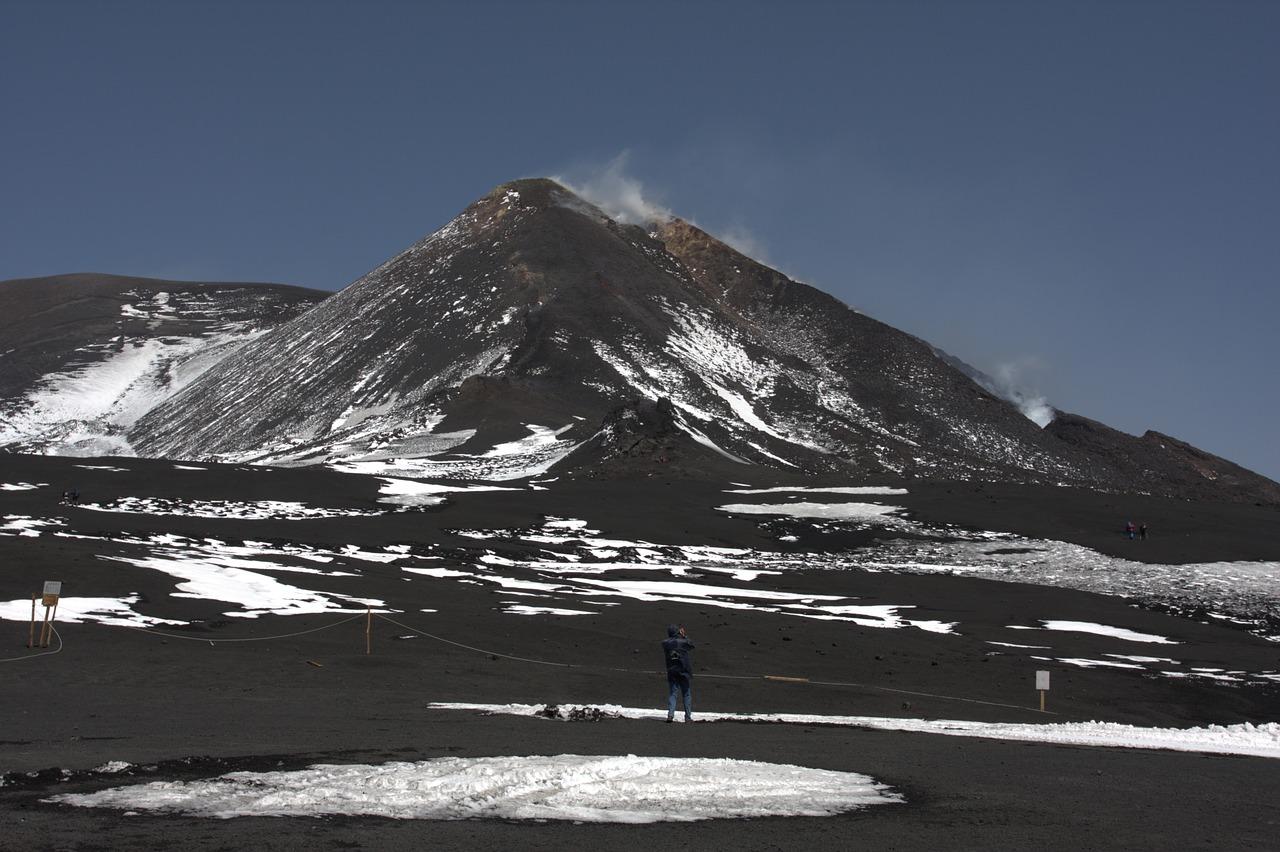
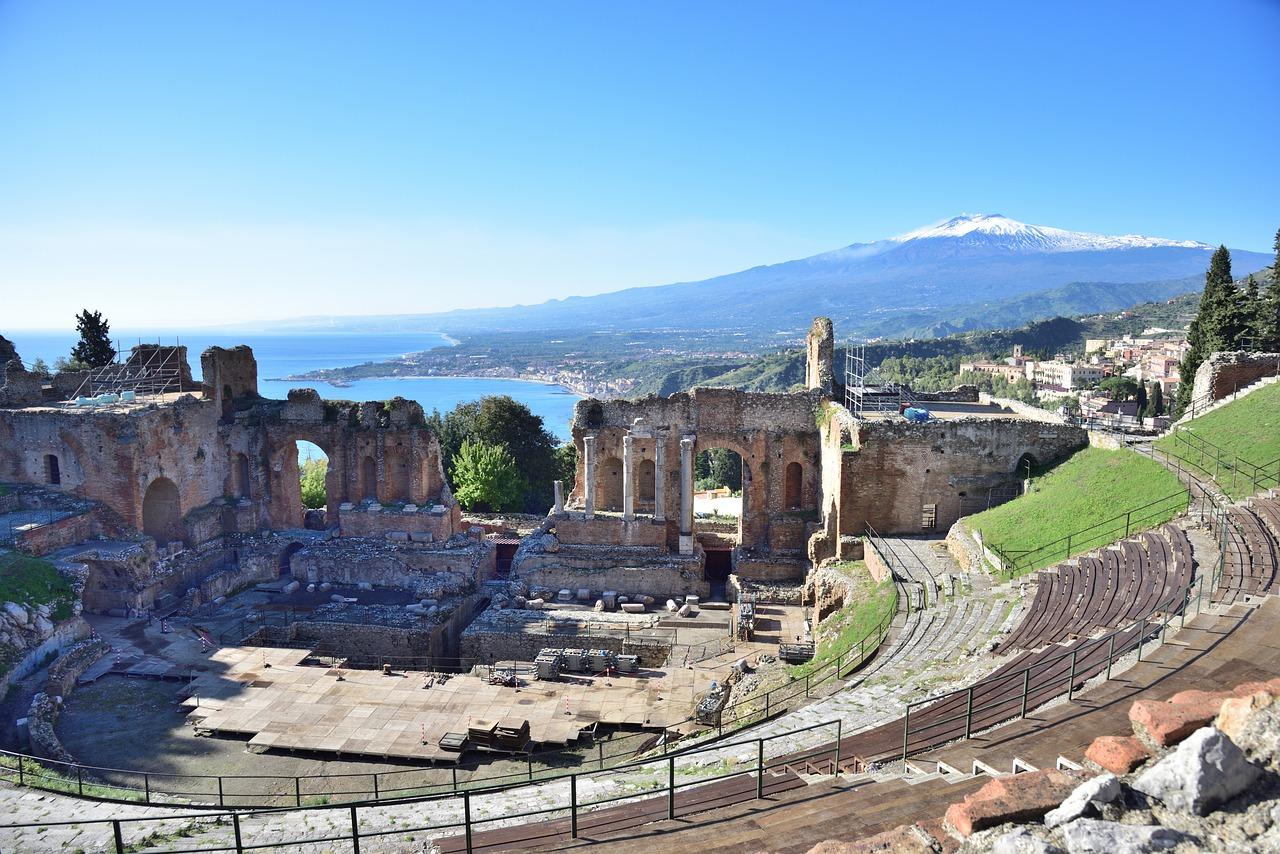
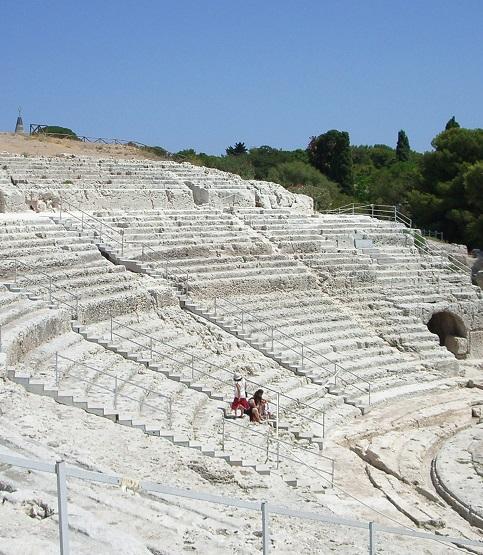
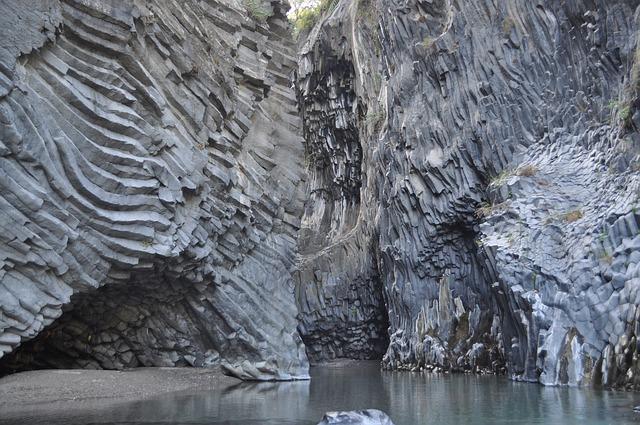
Typical accommodation

Why groups like it:
Facilities:
Learning outcomes
Subject focus
Students can:
- Learn about traditional Sicilian cuisine
- Visit local producers and understand the manufacturing processes.
- Understand the reasons why the soil in this region is so fertile.
- Learn how to prepare Sicilian food specialities
Student outcomes
Students will have had an opportunity to:
- Understand the importance of cooking within different cultures
- Learn more about Sicilian food, cooking techniques and culture
- Make the connection with local produce and regional specialities
- Understand the importance of a food market to the local population
- Study how climate and topography affect agriculture
- Gain practical skills that can be used in the UK


